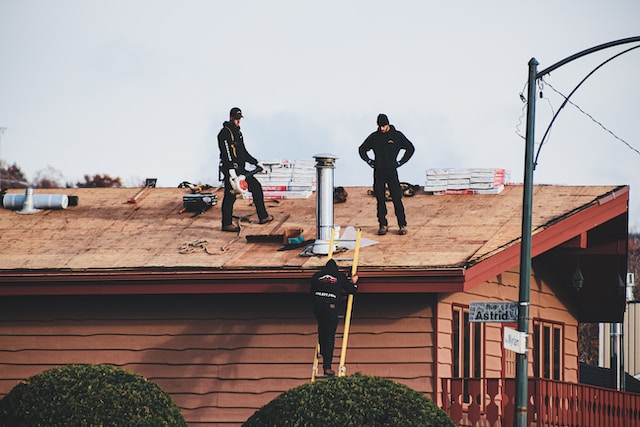A roof is a vital part of any home. It protects everything inside your house, from your belongings to the electrical wiring. It is also constantly exposed to damage and weather conditions.
As a homeowner, you must know how to inspect and repair your roof. This will ensure that it is always in good condition and can protect your home.
Understanding Your Roof
Your roof is a barrier between you, your family and the wild elements surrounding you. But it’s also a very complex system. Unless you are familiar with your roof or have had the unfortunate experience of undergoing a roof replacement, you may need to learn more about what makes up your roof and how it works together to protect your home.
Colorado’s weather can take a toll on roofs all year round, from snowfall and hailstorms to heavy rains and strong winds. Frequent repairs may indicate that your roof is reaching the end of its lifespan and that a total replacement is necessary.
Keeping up with regular inspections and maintenance can help prolong the life of your roof. This can include removing any debris, making sure that downspouts are clear and blockage-free, and checking for the condition of shingles or tiles. Keeping trees trimmed and away from the house can also help prevent damage to your roof.
Identifying Common Problems
During severe storms, many homeowners experience roof damage. These damages can be difficult to detect and should be inspected immediately after a storm. This will help you prevent more expensive repairs and uncomfortable living conditions.
Regular wear on a roof can also lead to repair or replacement needs. This includes things like faded color and loose shingles. However, it’s important to understand the difference between these and actual damage caused by a storm or high winds. You man ensure to hire a professional roof repair service New Castle County DE, to do the inspection.
Missing or curled shingles are a clear sign of a problem with your roof and should be replaced as soon as possible. Additionally, if you see mold growing in the areas where your roof and exterior walls meet, this indicates that there is a leak somewhere. The problem could be as simple as a clogged downspout or as serious as damaged flashing. Leaks can occur near chimneys, under damaged shingles, around vents, and in-step flashing along dormers or sidewalls.
Identifying a Reliable Contractor
When it comes to roof repair, getting the right professional on the job is crucial. If you are still determining who to turn to, ask your homeowner’s insurance company for recommendations. Consider a contractor who is licensed, insured, and has experience working with your type of roofing.
Especially if your roof has sustained severe damage, it’s important to have a qualified professional assess its condition and make necessary repairs as soon as possible. Otherwise, the damage could continue progressing and affect other parts of your home, such as the insulation, attic, and walls.
When vetting potential contractors, it’s helpful to take note of their work history, including previous projects and customer testimonials. It’s also a good idea to ask for a portfolio, as this can help you narrow down the options and find a contractor that best suits your needs. Additionally, inquire about financing rates, which can be an excellent way to finance a new roof.
Getting Started
Whether you’re getting a professional crew to help or doing it yourself, the first thing is determining what needs to be done. This involves a bit of an inventory:
For example, checking out the flashings (around chimneys and roof windows) for water damage is always a good idea. This can be a major problem, and it often only shows up after some time.
Another thing to look for is moss, which looks nice but holds moisture against your sheathing. This, of course, can lead to rot and leaks.
Once you know what to look for, it’s time to take action. Unfortunately, it’s not always possible to do this during a whirlwind (or tornado) or even a blizzard. That’s why regular semi-regular inspections are the best way to prevent your roof from going south. That way, you won’t have to deal with everything that goes wrong, from mold and rot to wiring and insulation, which can threaten your entire house and the contents.




